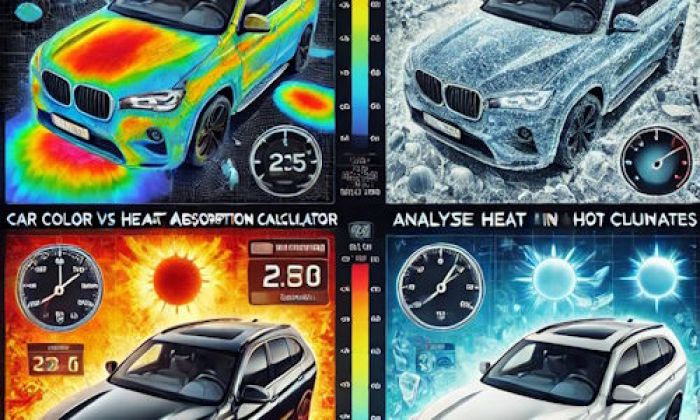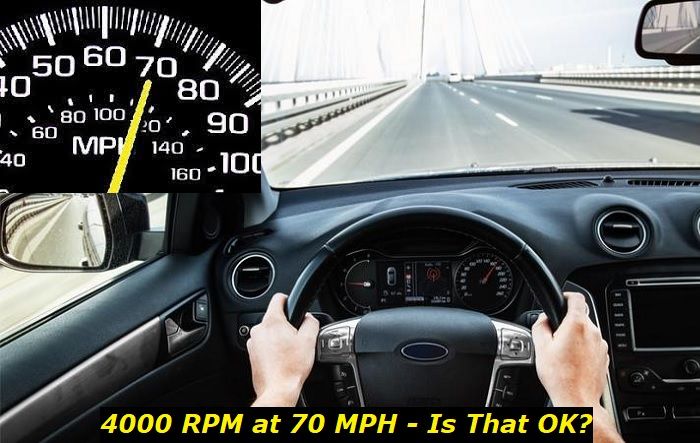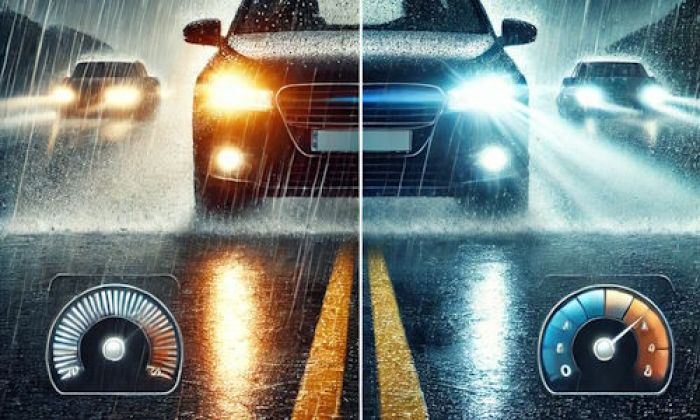The leading causes of grinding noise when shifting from park to drive are: low transmission fluid, worn-out torque converter, and damaged gears. Other reasons like damaged synchronizers, clogged filters, and faulty transmission pumps are also culprits of this problem.
Noisy transmission highlights
- Level of importance:Medium
- Reasons:bearing problems, gears grinding, torque converter issues
- Needed expertise:High
- Needed tools:Professional tools set
- Time taken:5-10 hours
- Can you drive? Not recommended
- Possible issues: Serious damage to gearbox, gears failure.
Causes of grinding noise when shifting from park to drive
Numerous reasons can make the gearbox produce grinding noises when you engage the gears. These can range from simple neglect of maintenance guidelines to faulty components in the transmission. Here is an explanation of some of the reasons that can cause the problem:
1) Reduced transmission fluid levels
Transmission fluid helps lubricate the gears and regulate the temperatures inside the gearbox, facilitating smooth transmission running. Low transmission fluid level deters soft metal-to-metal contact in the gearbox casing excessive friction. This friction damages or wears out the gears making them not mesh properly. As a result, the transmission produces a grinding sound when you engage the gears.
2) Faulty torque converter
Automatic transmissions have a torque converter that converts engine-generated power into hydraulic pressure. This pressure enables the car to shift between gears automatically.
The torque converter's key components are the impeller, turbine, and stator, which work in tandem to facilitate the smooth functioning of the gearbox. When all or one of these components malfunctions, your car struggles to move when you engage the gears. Often, you will hear a grinding noise emanating from the transmission.
3) Clogged transmission filter
The transmission filter aids in keeping the transmission fluid clean by sieving debris and other contaminants. When there is a blockage on the filter, fluid flow is restricted, leading to overheating and increased friction between the gears. Consequently, you will hear grinding noise when you engage the gears.
You can quickly diagnose if the transmission filter is clogged by observing the following signs:
- The transmission fluid changes from pink or bright red to dark brown.
- A burning odor from the gearbox
- When you engage the respective gears, your car struggles to move on the reverse or forward.
4) Damaged or bent gears
Bent or damaged gears can result from wear and tear or an accident. As a result, when you shift the gears from the park to the drive, the transmission will produce a grinding noise as the gears are not correctly aligned.
Here are other signs of damaged or bent gears:
- The car jerks when put in gear.
- Difficulty when shifting between gears.
- Transmission slippage when accelerating
5) Worn-out transmission mount
The transmission mount securely holds the tail shaft to a cross member bolted or welded to the chassis. The transmission mount typically has urethane or a rubber bushing bolted to a bracket.
When the bolts or welding joints wear out, the transmission moves around excessively, which may damage the gears. You will hear grinding noise when you engage the car from park to drive mode.
6) Damaged or worn-out synchronizers
A synchronizer is crucial in a manual transmission vehicle as it ensures that gears are appropriately aligned when engaged. It also ensures that the transmission fluid is distributed evenly to all the gears. Faulty synchronizers make the gears grind against each other when you shift, resulting in grinding noise.
7) Worn-out transmission pump
The transmission pump transmits pressure to the transmission fluid. When the pump is worn-out, it delivers less or no pressure to the transmission fluid, which leads to gear damage and overheating in the gearbox. These two occurrences are critical causes of grinding noise when you shift from park to drive.
Other indicators of a faulty transmission pump include:
- Lack of power when accelerating
- Transmission slippage
- Black or thick transmission fluid
- A pungent or burning odor from the transmission
8) Bad or dirty transmission valve body
A transmission valve body is a maze-like control center comprising passageways, valves, and solenoids that divert the fluid to specific gearbox sections to facilitate gear changes. When the valve body is damaged or dirty, several problems, such as fluid leakage, overheating, and grinding noise, occur.
How do you fix the grinding noise when shifting from park to drive?
When you hear grinding noise when you engage the gears from the park to drive, either of the above problems has caused it. You don't need to panic. Follow the following steps to address the problem:
1) Replenish or replace the transmission fluid
When the transmission fluid levels are low, top up to fix the grinding noise problem. But if the fluid contains debris or has turned dark brown or dark, replace it.
How do you replace the transmission fluid? Here are simple steps:
- Use the transmission fluid dipstick to check the level of the fluid
- Take your jack stands to lift and support your vehicle leaving adequate space for you to maneuver under the vehicle
- Locate and unscrew the transmission fluid pan to drain the fluid
- Examine the filter and gaskets to determine whether they require replacement too
- Once dry, place the pan back, tighten it, and take off the vehicle's jack stands
- Add new transmission fluid and ensure the dipstick reads "full."
2) Replace the torque converter.
When you determine that a faulty torque converter is causing the grinding noise, install another one. How do you do that?
- Hold the torque converter face down to prevent the fluid from draining back out.
- When inserting the converter onto the input shaft, turn it vertically and hold it by the sides.
- Slowly slide the converter onto the input shaft and rotate it back and forth. You will hear a "clunk" sound.
- Continue pushing the converter while slowly rotating it back and forth until you hear the second and third "clunk" sound.
- Check the converter's sitting position. It should sit 1.25 inches or about 3 centimeters inside the bell housing.
3) Clean up the transmission filter.
If the grinding noise results from a clogged transmission filter, cleaning it will eliminate the problem. Clean the filter using a solvent or degreaser and rinse it with clean water.
4) Replace the synchronizers
Synchronizers help the gears engage smoothly; over time, they wear out, causing grinding noise. Replace them immediately after you realize they are faulty. The process is as follows:
- Remove the gearshift knob to access the synchronizer assembly and shift fork.
- Unmount the retaining ring, the synchronizer's sleeve, and the bearings.
- Mount the new synchronizer rings on the shaft and properly align them.
- Install new bearings and the synchronizer's sleeve over the rings and bearings.
- You can now mount back the retaining ring plus the gearshift knob.
5) Replace transmission mount
A worn-out transmission mount can cause devastating damage to the entire transmission. One of the problems is the unending grinding noise. You don't necessarily have to take your vehicle to a repair shop to rectify this problem. Here is a simple DIY guide:
- Access the transmission mount. Usually, it is located near the center of the vehicle's undercarriage.
- Remove the mount. Use a socket or wrench to remove bolts securing the mount to the chassis and transmission.
- Examine the mount. Look out for damages such as excessive wear and cracks.
- Install a new mount. Position the new mount such that the bolt holes align with the ones on the chassis and transmission. Replace bolts and tighten them up.
- Test the mount. Examine the car's shifting and acceleration to determine whether or not the grinding noise has disappeared.
Should you drive with a grinding noise when shifting gears?
No. It is not a good idea to continue driving a car with a grinding noise when you shift gears. The noise is an indicator of an underlying transmission problem. When you continue driving the vehicle, you will likely cause more damage to the transmission's components, such as the torque converter, pump, filter, and shafts.
How much does it cost to fix grinding noise when shifting?
The cost of rectifying the grinding noise problem depends on the specific cause of the problem. Here is a breakdown of the various charges:
- If the grinding noise results from dirty or insufficient transmission fluid, be ready to part with 200 to 700 dollars. Your car's model and the transmission fluid's quality determine how much you are charged at the car repair shop.
- When the problem emanates from a faulty torque converter, it will cost you between 200 and 600 dollars when you use the DIY manual. Seeking professional help will cost between 600 to 1200 dollars.
- Replacing synchronizers costs between 1500 to 2000 dollars for parts and labor in a car repair shop.
To wrap up
The grinding noise problem when shifting from park to drive mainly emanates from the transmission. Issues such as faulty torque converters, pumps, filters, and low transmission fluid contribute to the problem. Fix those issues by replenishing or changing the transmission fluid and replacing the worn-out parts.
About the authors
The CarAraC research team is composed of seasoned auto mechanics and automotive industry professionals, including individuals with advanced degrees and certifications in their field. Our team members boast prestigious credentials, reflecting their extensive knowledge and skills. These qualifications include: IMI: Institute of the Motor Industry, ASE-Certified Master Automobile Technicians; Coventry University, Graduate of MA in Automotive Journalism; Politecnico di Torino, Italy, MS Automotive Engineering; Ss. Cyril and Methodius University in Skopje, Mechanical University in Skopje; TOC Automotive College; DHA Suffa University, Department of Mechanical Engineering






Add comment